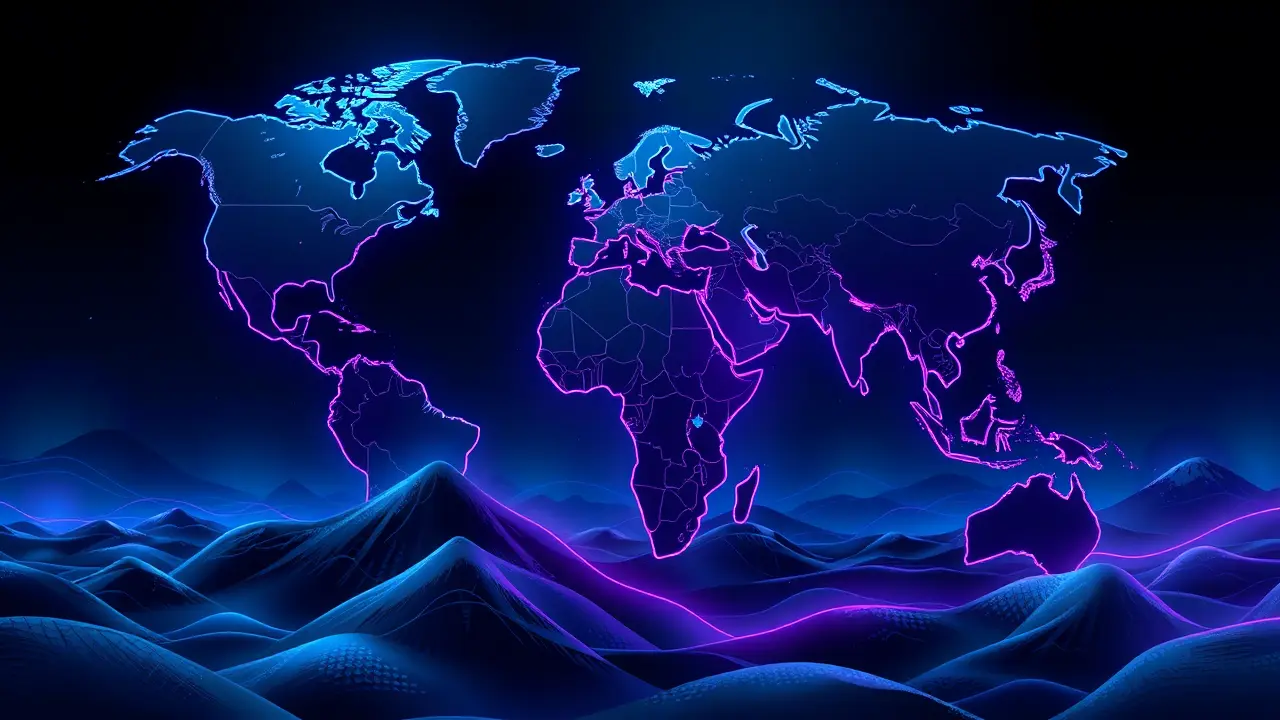Funding Development Amid Global Aid and Credit Retreat
For developing nations, the strategic landscape is rapidly deteriorating into a high-stakes geopolitical and economic crisis, a perfect storm where the retreat of global aid and tightening credit lines collide with the relentless pressures of deglobalization and climate-driven instability. This isn't a slow-moving trend; it's a systemic shock, forcing governments into a precarious position where they must simultaneously act as the primary buffer for their most vulnerable populations and the chief architect of national resilience, all while their traditional financial lifelines are being severed.The required investment portfolio is staggering—from foundational infrastructure and grid-scale sustainable energy to robust public health systems and future-proof education—each a critical component for injecting economic dynamism and preventing a full-scale developmental collapse. However, the unresolved dilemma lies in the financing mechanism itself.The traditional playbook, reliant on concessional loans and foreign direct investment, is fracturing as major economies turn inward, and private capital flees emerging market risk. This creates a dangerous vacuum, one that could lead to a cascade of sovereign defaults, intensified social unrest, and a permanent divergence between the global north and south.Risk analysts are now modeling scenarios where nations, cornered by debt distress and lacking alternatives, may be forced to accept predatory financing or cede strategic assets, fundamentally altering their sovereignty. The calculus is no longer merely about economic growth; it's about national survival in an increasingly fragmented world order.The immediate consequence is a brutal triage for policymakers: which essential service to fund at the expense of another, a decision that carries profound humanitarian and security implications. Without a coordinated, innovative response from multilateral institutions to bridge this gap—perhaps through rechanneled Special Drawing Rights or new forms of climate-contingent debt instruments—we are likely witnessing the opening phase of a prolonged period of instability that will redefine global development for decades to come.
It’s quiet here...Start the conversation by leaving the first comment.
© 2025 Outpoll Service LTD. All rights reserved.
